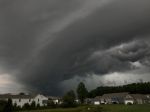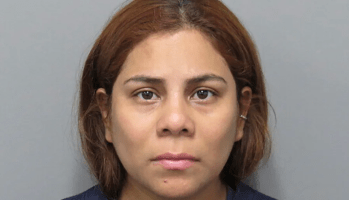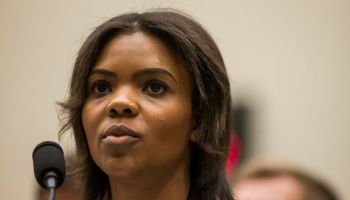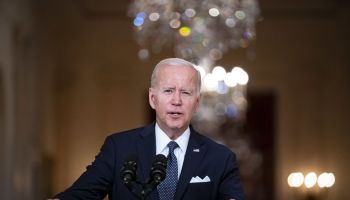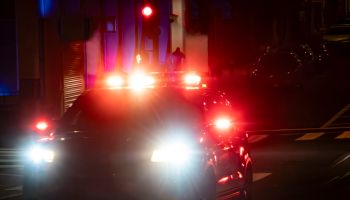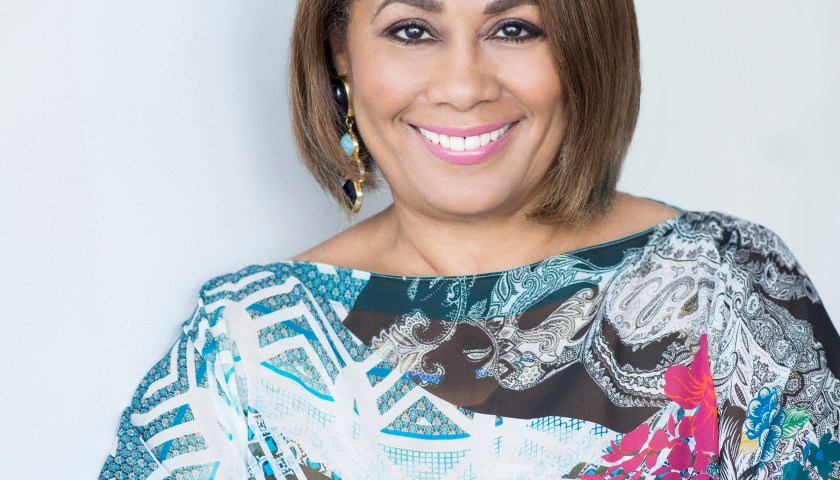In my seventh-grade year, my school took a bus trip from our native Baltimore to Gettysburg, Pennsylvania, the sanctified epicenter of American tragedy.
It was the mid-’80s, when educators in our inner cities, confronted by the onslaught of crack, Saturday Night Specials, and teen pregnancy, were calling on all hands for help–even the hands of the departed.
Preposterous notions abounded. Black people talked openly of covert plots evidenced by skyrocketing murder rates and the plague of HIV. Conscious people were quick to glean, from the cascade of children murdered over Air Jordans, something still darker–the work of warlocks who would extinguish all hope for our race. The stratagem of these shadow forces was said to be amnesia: they would have us see no past greatness in ourselves, and thus no future glory. And so it was thought that a true history, populated by a sable nobility and punctuated by an ensemble of Negro “firsts,” might be the curative for black youth who had no aspirations beyond the corner.
The attempt was gallant. It enlisted every field, from the arts (Phillis Wheatley) to the sciences (Charles Drew). Each February–known since 1976 as Black History Month–trivia contests rewarded those who could recall the inventions of Garrett A. Morgan, the words of Sojourner Truth, or the wizard hands of Daniel Hale Williams. At my middle school, classes were grouped into teams, each of them named for a hero (or a “shero,” in the jargon of the time) of our long-suffering, yet magnificent, race. I was on the (Thurgood) Marshall team. Even our field trips felt invested with meaning–the favored destination was Baltimore’s National Great Blacks in Wax Museum, where our pantheon was rendered lifelike by the disciples of Marie Tussaud.
Read More On: BlackChristianNews




